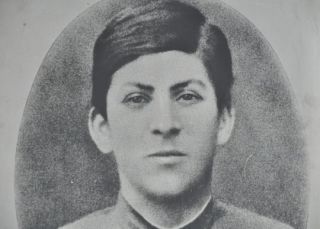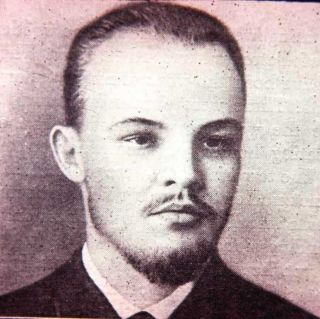Politics
Judging Books—and Leaders—By Their Covers
We bring accurate instincts *and* biases to judgments of every face.
Posted November 8, 2012

One cannot view a photo of the newly re-elected president without conceding that yes, he has that Weary Warrior look, even in victory. He appears to have aged a decade during his first term as president (The Times has been particularly attuned to this senescence, consistently noting his greying hair and deepening jowls during the campaign).
Psychology Today is guilty of same. We subject leaders and others of note to facial scrutiny in the newly published December issue. Jena Pincott, who wrote, "What's In a Face?" wonders how Abraham Lincoln's unusual features would have fared in today's unforgiving klieg lights. This led me to wonder how we each judged leaders from our own past—were we able to capture any "real" attributes in play on their faces? To my non-ideological child's eye, the presidential election of 1980 was waged between a man who was friendly and clownish and one who was, quite simply, old. (I'll let you guess who was who).
In 1980 I lived in Moscow, and the leaders of note were dead yet ubiquitous, thanks to communist agitprop. They were also alive on my father's bookshelves, where I was drawn to titles such as Why Lenin? Why Stalin? (I scanned this as a plaintive cry rather than a historical question);
As a schoolgirl I judged books—and faces— by their covers. When you live a cliché without knowing you are doing so—without even knowing what a cliché is—then you are probably enacting some fundamental rite of humanity.
And so it goes with first impressions about our own human packaging. We look at a face and glean one or two critical cues from it, often without consciously knowing how—or even what those cues are. It is not superficial to notice a person’s lantern jaw or supple skin tone, because such attributes convey important information. In high-stakes moments especially, we know more than we know.

Stalin as a teen, above. Below, Lenin as a youth.

And yet we project almost as much as we intuit, onto people and books alike. Why Lenin? Why Stalin? Why Gorbachev? has been reissued with an important concession to human nature—a greater emphasis on the faces of the leaders themselves, despotic and domineering in the light of history. Were these characteristics apparent in the decades before the Lenin and Stalin rose to power? Have a look at these youthful portraits, read "What's In a Face?" and then you be the judge. The realm of first impressions will always be a blend of science and subjectivity, hard to untangle and rife with intrigue.
This post is adapted from the Editor's Note in the December 2012 print edition.


